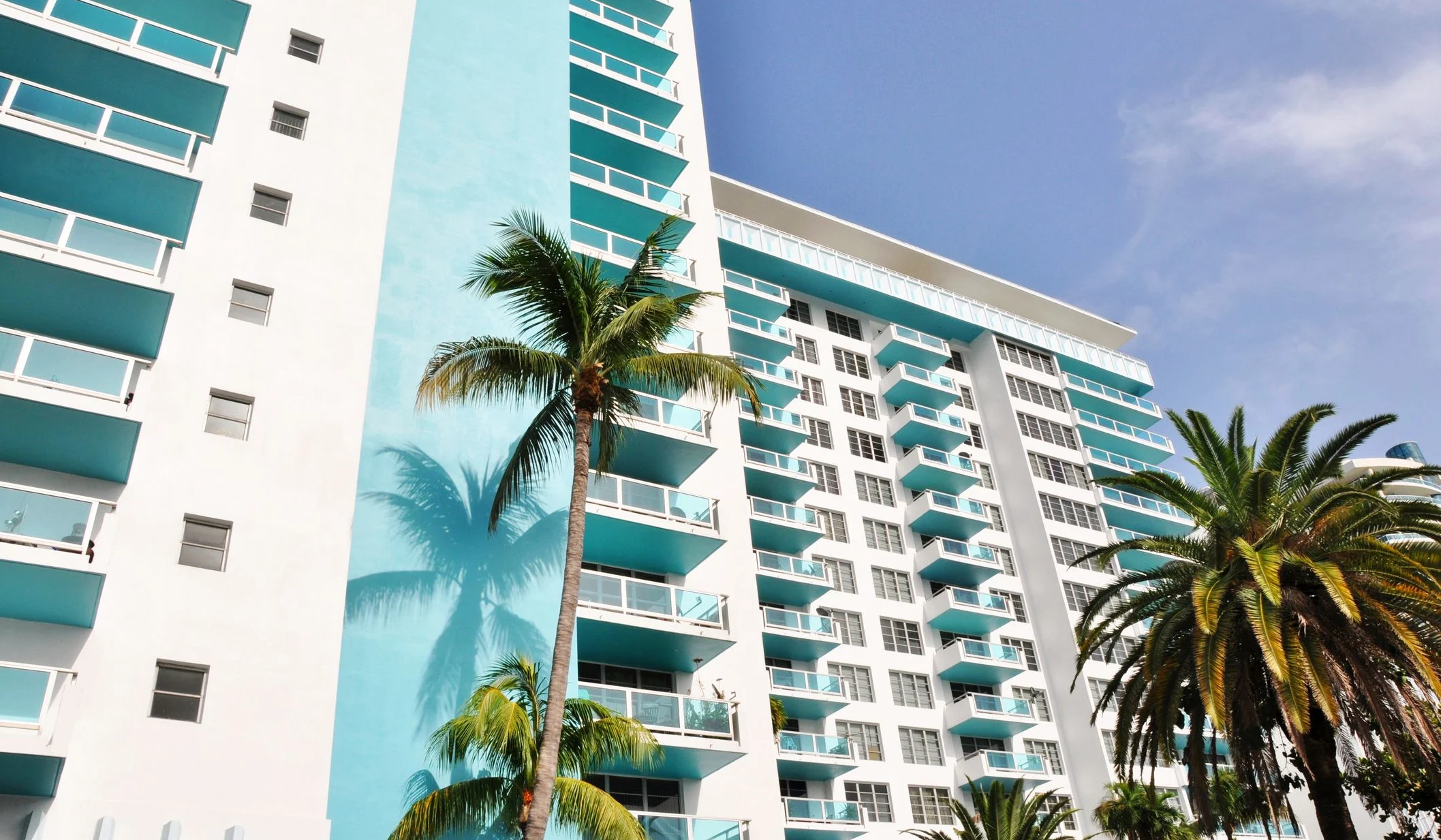2020 was a whirlwind of a year for the CMBS and commercial real estate segments measured by unprecedented changes dictating how we live and do business, unlike any other economic disruption we’ve seen before. Read on for the winners, biggest surprise trades, biggest rebounds, bright spots among the distress, the "unknowns," and more.
At one point in June, it appeared that a new all-time high for CMBS delinquencies would be reached. However, when the final numbers were posted, the 2012 high remains the peak for the time being. Trepp's CMBS Delinquency Rate in June is 10.32%, a jump of 317 basis points over the May number. About 5% of that number represents loans in the 30 days delinquent bucket while another 3.2% are now 60 days delinquent.
At the beginning of this year, one of the biggest headlines in the hotel sector was a measly growth in revenue per available room (RevPAR) in 2019. According to STR, the hotel industry recorded a 0.9% increase in RevPAR in 2019 - the lowest annual increase since 2009. At the time, STR had predicted that in 2020, overall RevPAR will only grow by 0.5% as an increase in supply would outpace growth in demand.
Properties net leased to casual-dining restaurants, which before the first quarter had been seeing a softening of investor demand as a result of changes in consumer preferences, got hit hard during this year's first three months. Capitalization rates, or the yields investors require from their property purchases, were 6.59 percent in the first quarter, up 27 basis points from a year ago, according to Boulder Group, a boutique brokerage in Chicago that specializes in net-leased properties.
The outlook for the CRE CLO segment evolved with the sudden outbreak of the coronavirus and widespread mitigation policies that have been put in place. The impact has been broad-ranging and has extended across industries beyond just the commercial real estate space. CRE CLOs enjoyed immense growth in 2019 which was bolstered by the continued strength of the US economy, strong capital availability, and heavy appetite for higher-yielding opportunities in a low interest rate backdrop.











